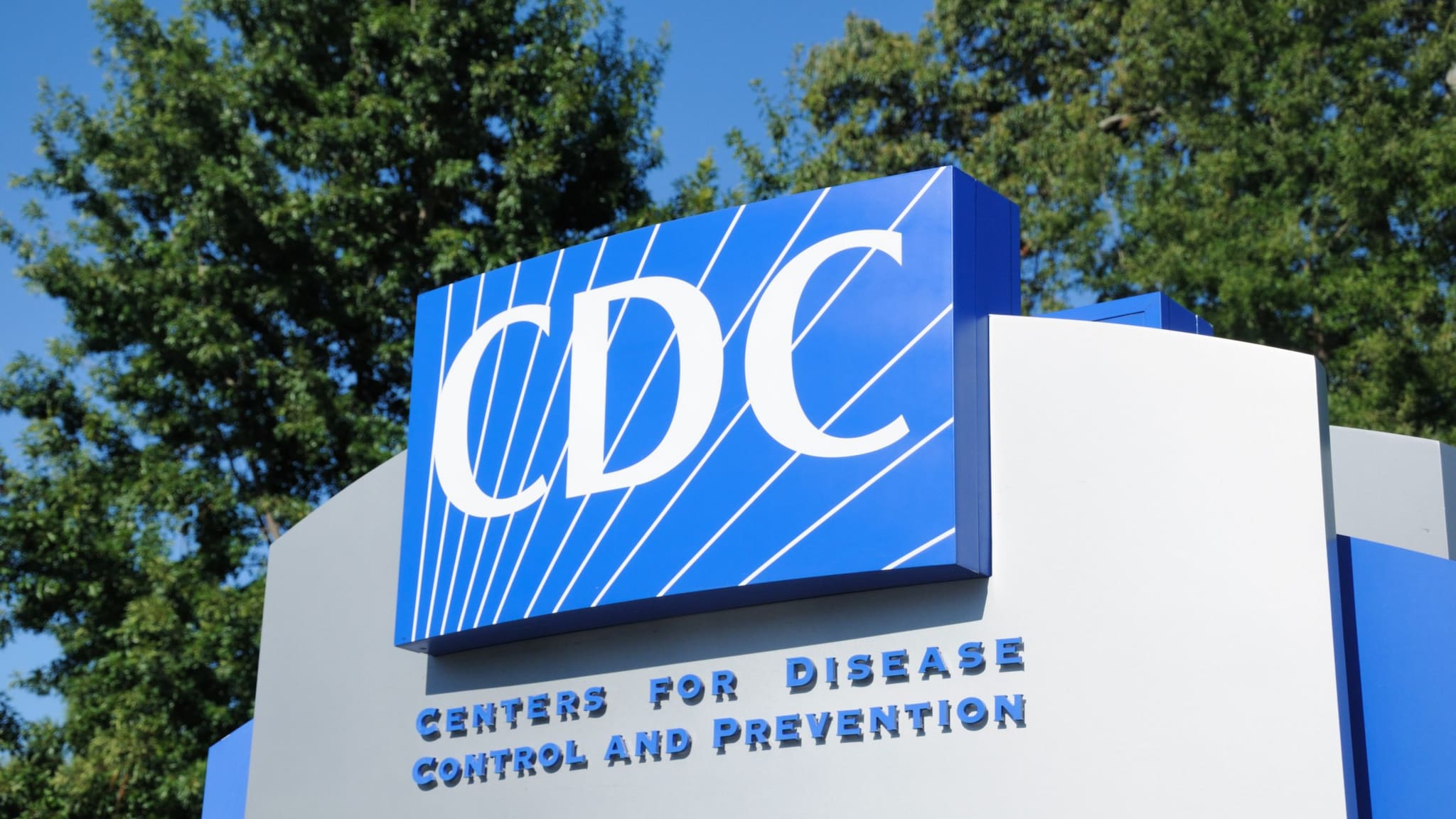What to know
CDC encourages the effective use of fluoride products and community water fluoridation to benefit all members of the community, regardless of age, education, or income.

Overview
For more than 75 years, community water fluoridation has been a one of the most practical, cost-effective, fair, and equitable measures that communities can take to improve residents’ oral health and made substantial contributions to narrowing oral health disparities.1
The CDC has been the lead agency in water fluoridation since 1975, and an objective for water fluoridation has been included among the Healthy People national objectives since 1979.
CDC's role
CDC funding supports infrastructure in states to promote water fluoridation, monitor coverage and quality of fluoridation, and develop resources for training and public awareness.
CDC provides technical assistance to state fluoridation programs for fluoride engineering, facility management, and monitoring coverage and quality of fluoridation practice.
CDC also serves as a resource to other federal agencies, state programs, professional organizations and associations, and the public.
Water Operators and Engineers
Gathering data
CDC monitors the benefits of community water fluoridation and tracks the number of people who have access to this crucial public health intervention.
Water systems that adjust the fluoride content in their water to the optimal level for cavity prevention also perform testing to monitor fluoridation quality. These data are reported to CDC's Water Fluoridation Reporting System (WFRS), the principal tool used to help states manage the quality of their water fluoridation programs.
WFRS is an important quality improvement tool, helping states assess fluoridation practice at a water system level. This helps identify where they need to put resources to improve communication, training, or engineering assistance.
The data are also the basis for national surveillance reports that describe the percentage of the US population on community water systems who receive optimally fluoridated drinking water.
My Water's Fluoride
Recent publications
Hamilton EK, Griffin SO, Espinoza L. Effect of CDC adjustment of state-reported data on community water fluoridation statistics. J Public Health Dent. 2023; 83(3):320–324. DOI: https://doi.org/10.1111/jphd.12579
Boehmer TJ, Lesaja S, Espinoza L, Ladva CN. Community water fluoridation levels to promote effectiveness and safety in oral health — United States, 2016–2021. MMWR Morb Mortal Wkly Rep. 2023;72(22);593–596. DOI: http://dx.doi.org/10.15585/mmwr.mm7222a1
- Centers for Disease Control and Prevention. Achievements in public health, 1900–1999: fluoridation of drinking water to prevent dental caries. MMWR Morb Mortal Wkly Rep. 1999;48(41):933–940.
